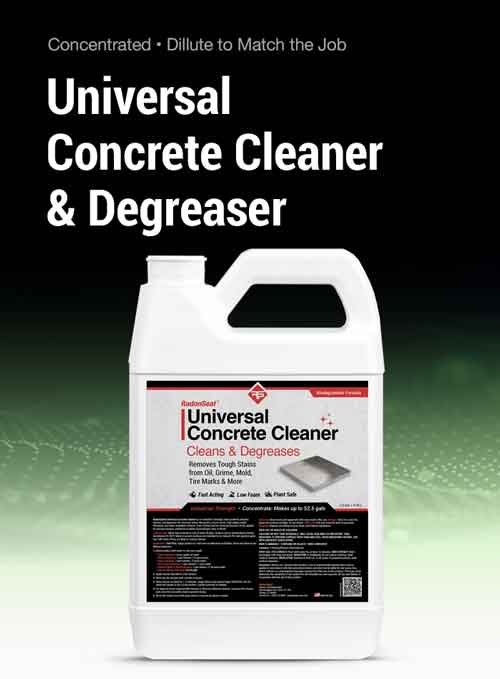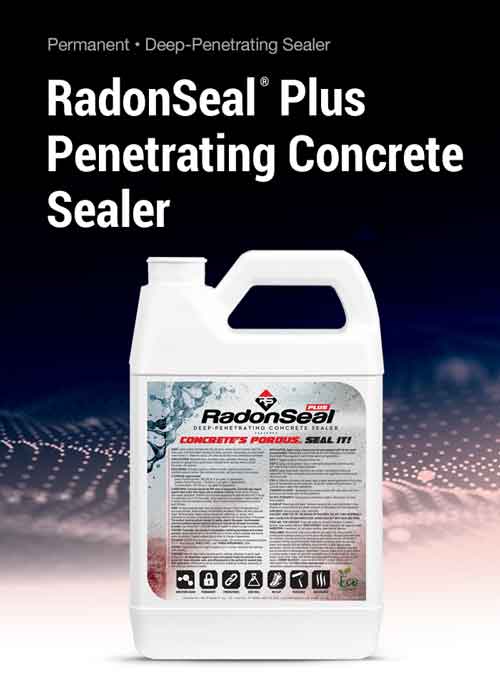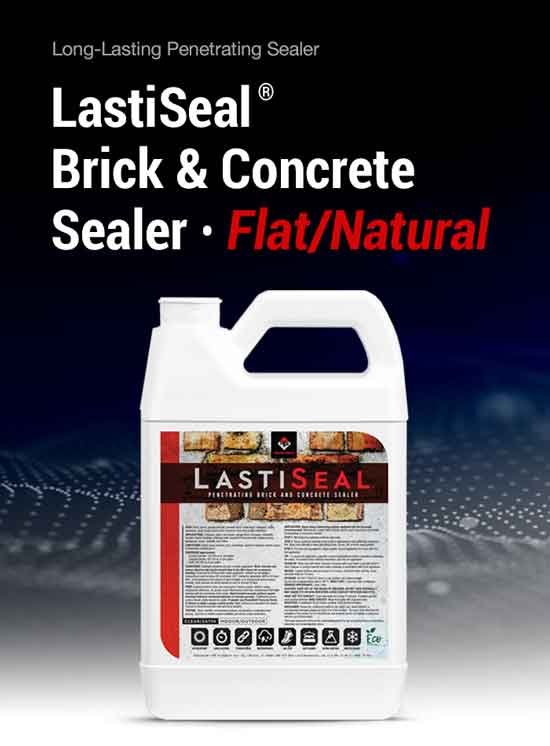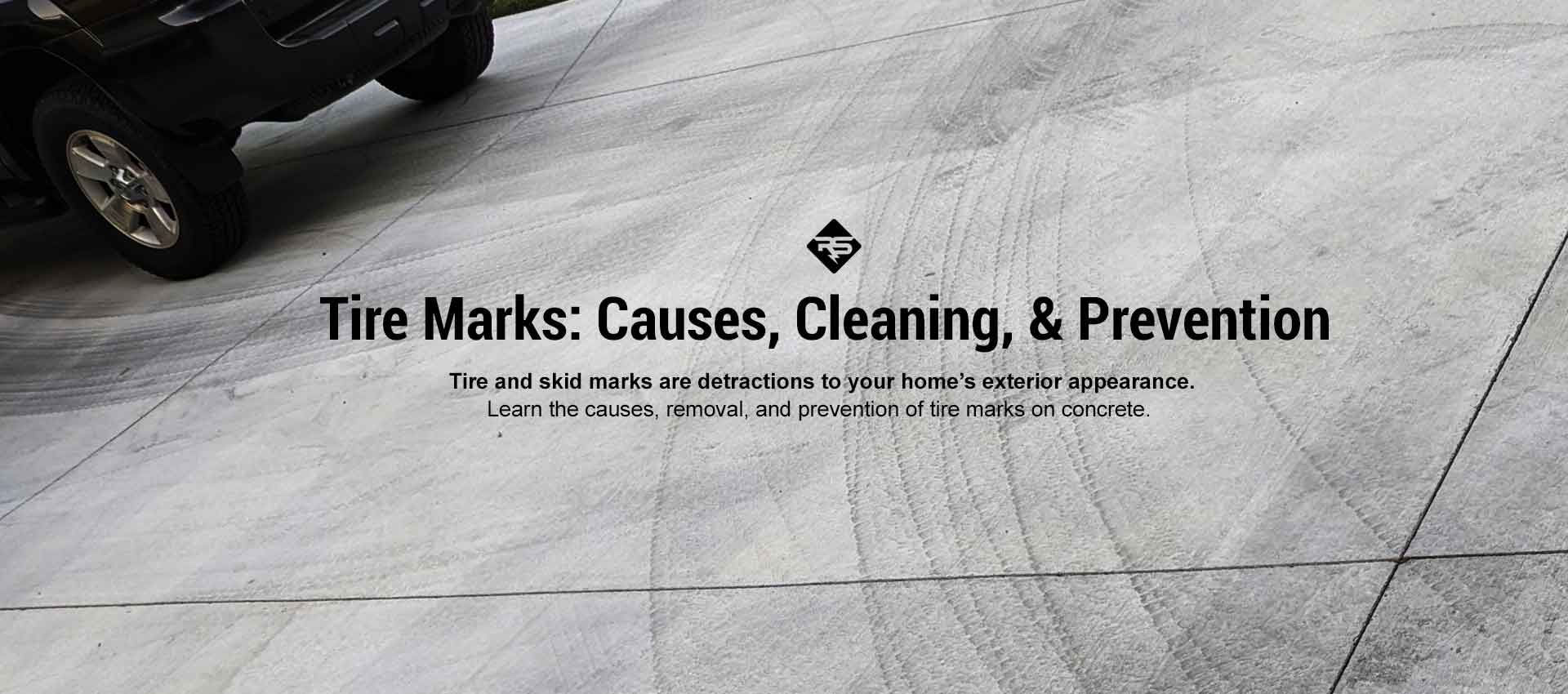Tire Marks on Your Driveway, Parking Lot, or Garage Floor?
If you have a concrete driveway, car port, or garage floor, then you know how frustrating it can be to deal with tire marks. They seem to appear out of nowhere, and no matter how many you wash the surface, they seem to return right away. Whether they’re caused by a car, a bicycle, or even a lawnmower, these dark streaks can make an otherwise clean and polished surface look dirty and neglected. Don’t worry, there’s an easy solution to this common problem. In this article, we’ll explain why tires are prone to leaving black marks on concrete, take a close look at some of the most effective methods for removing tire marks from concrete, and we’ll also discuss preventative measures you can take to minimize tire marks on your concrete surfaces. Whether you’re dealing with fresh or old tire marks, we’ve got you covered.
Understanding the Causes of Tire Marks on Concrete
The anatomy of the car tire has changed significantly over the years. In the 1940s, tire manufacturers shifted from natural rubber to “synthetic rubber” alternatives – primarily styrene butadiene rubber (SBR). SBR is a plasticizer that gives rubber flexibility and helps improve traction. Today, 100% of vehicular tires are using SBR to some degree. In fact, higher-quality tires contain more SBR plasticizers. So, what does this have to do with tire marks?
When a vehicle tire is in motion, it generates friction as it contacts the road or concrete surface. This friction generates heat, which causes the tire to soften and expand slightly. As the tire rotates, centrifugal forces move some high-molecular-weight polymers, such as butadiene rubber or styrene-butadiene rubber, to the surface. When the vehicle is parked, the tires cool, and the plasticizers leach from the tire onto the concrete. This phenomenon is known as “plasticizer migration” and is the primary reason you have tire marks on your concrete.
Other factors that can contribute to the formation of tire marks include the weight of the vehicle, the type of tire tread, and the condition of the road or concrete surface. Vehicles with heavier weight or more aggressive tire treads can generate more heat and friction, leading to more pronounced tire marks. Additionally, poorly maintained or damaged road surfaces can exacerbate the formation of tire marks by increasing the amount of friction between the tire and the surface.
How to Get Tire Marks off your Concrete
Removing tire marks from concrete surfaces can be challenging. However, the right tools and cleaners can make the job quicker. Earlier, we discussed how black tire marks are caused by plasticizer migration from a car tire to a concrete surface. Because tire plasticizers, like SBR, are petroleum-based, the most effective tire mark cleaners are those that specialize in removing oil.
That’s right! Concrete degreasers make the most reliable and effective tire mark, skid mark, and grease stain cleaners. Our Universal Concrete Cleaner & Degreaser is a powerful concrete cleaner and degreaser built into one.
Here’s how to remove tire marks in 5 quick steps using our Universal Concrete Cleaner:
• To start the cleaning process, sweep or blow away any loose debris and dirt on the surface.
• Next, apply a generous amount of the Universal Concrete Cleaner to the tire marks. Ensure that they are entirely covered and the concrete is saturated.
• Let the cleaning solution sit on the surface for a few minutes, allowing it to penetrate and break the bond between the rubber and the concrete. Do not let the area dry out. Make sure to keep the surface wet!
• After the cleaner has had a chance to work, scrub the area with a stiff-bristled brush, applying additional cleaner as needed. As you scrub the surface, you will see the tire marks lifting away from the concrete.
• Once the tire marks have been removed, rinse the concrete surface thoroughly with clean water from a hose or power washer to remove any remaining cleaner and debris.

Get It on Amazon
Buy Direct
How to Prevent Tire Marks on Your Concrete
Sure, using the correct concrete cleaner can make tire stains disappear, but as they say, an ounce of prevention is worth a pound of cure. If your goal is to never see another tire mark on your concrete, paver, or brick driveway, then you may need to lower your expectations. A realistic goal would be to minimize tire marks, then take measures to make cleaning them easy and less frequent. Here are a few ways to keep tire marks in check.
Floor Mats & Garage Runners
Using protective mats is an easy and effective way to prevent tire marks. Most people park their cars in the same spot every day, whether it’s in the garage or in the driveway. These areas tend to be where the tire marks are the worst. Place protective mats in that area and be sure that your tires rest on them when parked to prevent the most severe staining. This is a good option for garages rather than driveways. Of course, parking mats will not prevent tire marks as you are turning and pulling into your parking space or driveway. That’s where garage runners come in. Simply place them in your garage, at a tire distance apart, to protect your entire garage floor.
Concrete Coatings
You may be tempted to apply a protective clear coating on the driveway or garage floor to act as a barrier between your concrete and your car tires. Acrylic and epoxy are two common examples of concrete coatings, but how do they protect against tire marks?
Acrylic Decorative Coatings – While an acrylic, wet look, or high gloss sealer may provide a barrier between your car tire and concrete, they can be more of a problem than a solution. First, when cured, acrylic coatings are thinner than a single human hair. Because of this, the “protection” they provide will wear away very quickly, especially in areas that experience frequent vehicle traffic. Secondly, cured acrylic polymers have a low degree of “cross-linking” (think of cross-linking as a measure of material’s density – the lower the density, the more susceptible the material is to plasticizer migration and tire marks). This means that acrylic sealers are highly likely to absorb plasticizers and are more prone to tire marks. Removing tire marks from wet-look sealers made from acrylic is virtually impossible. Because acrylic sealers are so weak, any attempt to wash or scrub the coating can damage it.
Epoxy Coatings – One and two-part epoxy coatings are commonly used on garage floors. They are a durable coating that provides a high level of protection and aesthetic. Epoxy is much stronger than acrylic and has a high level of cross-linking when cured. However, they are not immune to tire marks. Plasticizers from care tires will deposit themselves on the epoxy and bond to it.
Removing the tire marks from epoxy is doable, as epoxy has high chemical resistance and is generally not affected by scrubbing (be sure not to let the pressure washer wand get too close to avoid damage to the coating). A major concern associated with tires and epoxy coatings is “hot tire pickup” (discussed below). Hot tire pickup occurs when car tires “stick” to the epoxy coating and pull the epoxy from the floor. This is especially true when moisture from below the concrete slab moves through the concrete and gets trapped under the epoxy coatings. Trapped water eventually breaks the epoxies bond to the concrete. Trapped moisture is the #1 cause of epoxy delimitation. To protect it from water and moisture, deep seal the garage slab with RadonSeal Deep-Penetrating Sealer before installing an epoxy floor to protect the epoxy’s bond and reduce the potential for hot rice pickup.
Penetrating Concrete Sealers
Sealing your concrete or paver driveway, garage, or parking area with a penetrating sealer is generally recognized as the best way to minimize staining and cleaning frequency. This applies to all types of stains, not just tire marks.
Penetrating sealers function differently than acrylic sealers, epoxies, and other topical coatings. Instead of sitting on top of the surface, penetrators soak inside the pores and capillaries and seal below the surface. Because the sealer is buried deep inside, vehicle traffic cannot weaken or wear it down.
Even when treated with a penetrating sealer, your tires will continue to leach plasticizers and leave stains. However, stains are very easy to remove. Additionally, a good-quality penetrating sealer, cannot be damaged by scrubbing, or pressure washing, and can last up to 15 years before reapplication is needed. As an additional benefit, penetrating sealers are immune to hot tire pickup.
The best penetrating sealer for minimizing tire marks is LastiSeal Brick & Concrete Sealer

Get It on Amazon
Buy Direct

Get It on Amazon
Buy Direct
Decorative Concrete Coatings & Hot Tire Pickup
Contrary to penetrating sealers, acrylic sealers, paints, urethanes, epoxies, and other concrete coatings rely on adhesion to concrete surfaces in order to function properly. Because of this, all coatings are susceptible to hot tire pickup.
As described earlier, vehicle tires get hot and expand while the vehicle is traveling because of friction. When the car is parked the tire cools and shrinks. This shrinking and cooling action causes the coating, whether it’s acrylic, epoxy, or polyaspartic, to stick to the tire. The next time you start the car and leave for work or the grocery store, a little piece of your decorative coating goes with you, stuck to your tire tread. The tire literally “picks up” the sealer.
In severe cases, large chunks of your coating can come off completely negating their protective function.
There is no secret to having clean concrete floors. All you need is the right materials and a little know-how.
Looking for more information? Read more about cleaning concrete, and how to choose the best concrete cleaner.
